In this episode we are going to take another look at a sixteenth century scholar, who had a profound influence on Galileo in many different ways, Guidobaldo dal[1] Monte (1545–1607).
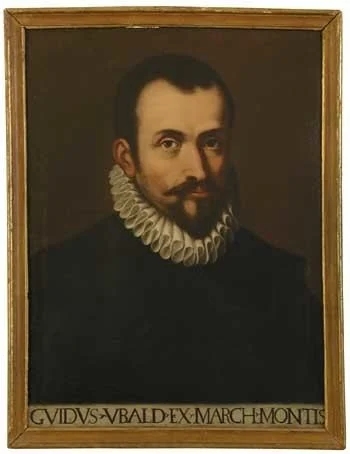
Guidobaldo was born in Pesaro in the Duchy of Urbino, the son of Ranieri the head of a wealthy family. Ranieri was a professional soldier and the author of two books on military architecture. Ranieri was awarded the title of Marchese by the Duke of Urbino, Guidobaldo II della Rovere (1514–1574), who was also a noted soldier and patron of the arts, in particular of the painter Titian (c. 1488–1576). The Dukes of Urbino had a tradition of patronage of the arts and the mathematical sciences. In the fifteenth century, Federico III da Montefeltro (1422–1482), who ruled as duke from 1444 to his death in 1482 was the patron of the artist-mathematician Piero della Francesca (1415–1492) and the artist-engineer Francesco di Giorgio Martini (1439–1501), as well as the painter Giovanni Santi (c. 1435–1494), who studied under Piero della Francesca and was the father of Raphael (1483–1520).
Guidobaldo studied mathematics at the University of Padua in 1564. After university he, like his father became a soldier and served in the conflicts in Hungary between the Habsburg Empire and the Ottoman Empire. In 1588, was appointed visitor general of the fortresses and cities of the grand duke of Tuscany. Following his military service, he retired to the family estates of Montebaroccio, today Mombaroccio, near Urbino, where he dedicated his life to the study of mathematics, mechanics, astronomy, and optics. In period after Padua, dal Monte studied mathematics under Federico Commandino (1509–1575), who played a central role during the Renaissance in recovering the mathematics of Ancient Greece, publishing improved translations of several works by Archimedes as well as the works of Aristarchus of Samos (On the sizes and distances of the Sun and the Moon), Pappus of Alexandria (Mathematical collection), Hero of Alexandria (Pneumatics), Ptolemy of Alexandria (Planisphere and Analemma), Apollonius of Perga (Conics), and The Elements of Euclid. In 1588, dal Monte completed and published the Mathematical Collection of Pappus, which had been left incomplete when Commandino died.
Before turning to dal Monte’s concept of mechanics, the mean reason for this episode, it is worth making a brief look at his contribution to the history of linear perspective, which was also an important contribution to the development of geometric optics. In 1600, he published his Perspectivae Libri Sex (Six Books on Perspective), this was they first complete and correct geometric analysis of linear perspective and became the basic text for all future investigation of the topic. This was a work in the tradition of the so-called Urbino school of mathematics, as it was Piero della Francesca, who had written the previous best work on linear perspective, his De prospectiva pingendi (On the Perspective of Painting) probably composed between 1474 and 1482, which was partially plagiarised by Luca Pacioli (c.1447–1517) in his Divina Proportione published in 1509. Amongst other things dal Monte gave the first complete geometric analysis of the vanishing point, a definition used by all future authors writing on the topic. Although he didn’t do the same for the concept of the vanishing line, it is never the less implicit in his work.
We now turn to dal Monte’s work in mechanics, which is actually a work in statics, the other half of mechanics to dynamics.
Statics is the branch of classical mechanics that is concerned with the analysis of force and torque acting on a physical system that does not experience an acceleration, but rather, is in equilibrium with its environment. (Wikipedia)
I dealt with statics in antiquity in a brief post but not until now in the Middle ages. As I have done before plagiarising my earlier post on the topic in my series on Renaissance science:
Although already translated from Greek into Latin in the thirteenth century by William of Moerbeke (c. 1220 – c. 1286), Archimedes’ On the Equilibrium of Planes remained largely unknown in medieval Europe. Thābit ibn Qurra (c.830 –901) had translated it into Arabic and he wrote two related works, his Kitab fi ‘l-qarastun (Book of the Steelyard)–a steelyard is a single armed balance– and his Kitab fi sifat alwazn (Book on the Description of Weight) on the equal armed balance.
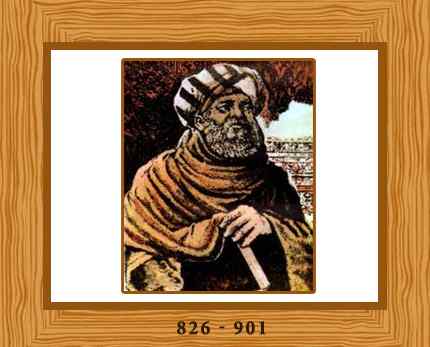
The pseudo-Aristotelian Questiones Mechanicae was well known in the Middle Ages and Jordanus de Nemore (fl. 13th century) developed a scholastic theory of statics in his science of weights (scientia de ponderibus) presented in three texts, the first Elementa super demonstrationem ponderum, which presents the conclusions of Thābit ibn Qurra’s text on the steelyard deriving them from seven axioms and nine propositions. This is the earliest of the three and the only one definitely ascribable to Jordanus. The two later texts are usually attributed to the school of. The second text Liber de ponderibus is a reworking of the Elementa super demonstrationem ponderum. The third De ratione ponderis is a corrected and expanded version of the Elementa. In his work he proves the law of the lever by the principle of work using virtual displacements. Using the same method, the De ratione ponderis also proves the conditions of equilibrium of unequal weights on planes inclined at different angles.
We now turn to the sixteenth century. As before mechanics means the science of machines and in particular the analysis explanation of the so-called six simple machines: the lever, balance, pulley, inclined plane, wedge, and screw. Whilst the texts dealt with theoretical concerns about simple machines these were still referred back to practical considerations of real machines. There were two principle texts in the sixteenth century on this topic on one side the pseudo-Aristotelian Questiones Mechanicae and on the other dal Monte’s Mechanicorum liber, first published in Pesaro in 1577.[2] In his volume dal Monte wrote:
Mechanics can no longer be called mechanics when it is abstracted and separated from machines.
The Questiones Mechanicae, which as its title implies is a set of question and answer largely devoted to the behaviour of bodies such as balances, levers, oars, rudders, wedges and the like. It was immensely popular with mathematicians, architects and engineers and went through more than a dozen editions and translations during the sixteenth century. It first appeared in Greek in the Aldine edition of the works of Aristotle in Venice in 1497, which went through many editions, and was translated into Latin by the naval architect Vittore Fausto (1490–1546) and published in Paris in 1517. Other Latin edition were by Niccolò Leonico Tomeo (1456–1531) in Venice, 1525; Paris, 1530, and further editions, as well as Alessandro Piccolomini (1508–1579) in Rome, 1547 and Venice 1565. Italian translations were published by the engineers Antonio Guarino in Modena in 1573 and by Oreste Vannocci Biringucci (1558–1585) in Rome in 1582.
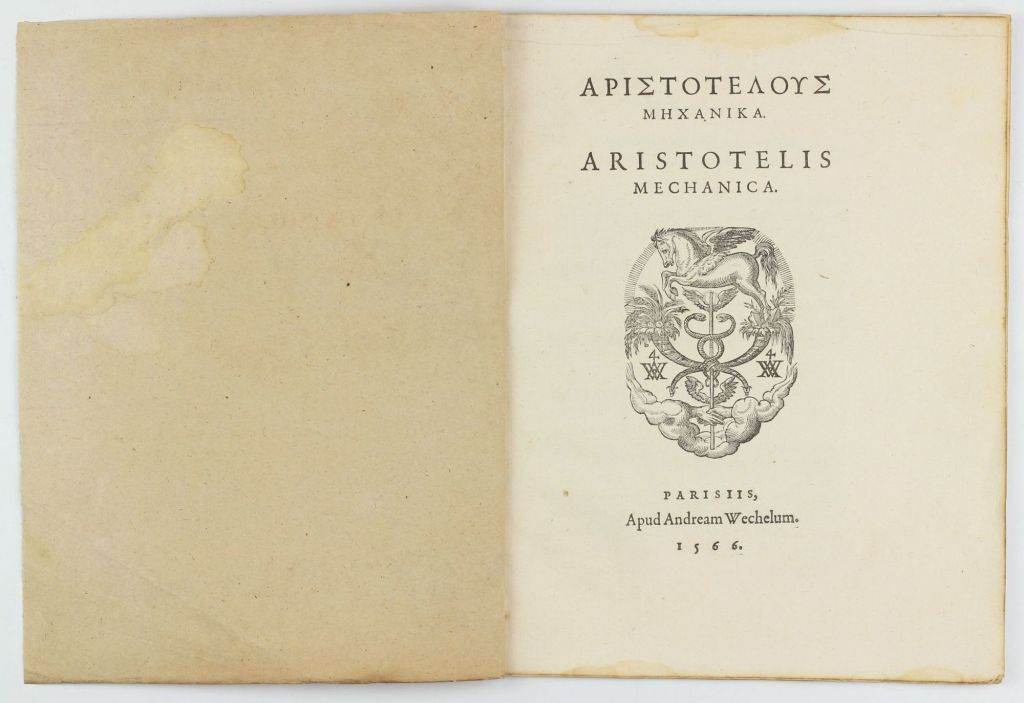
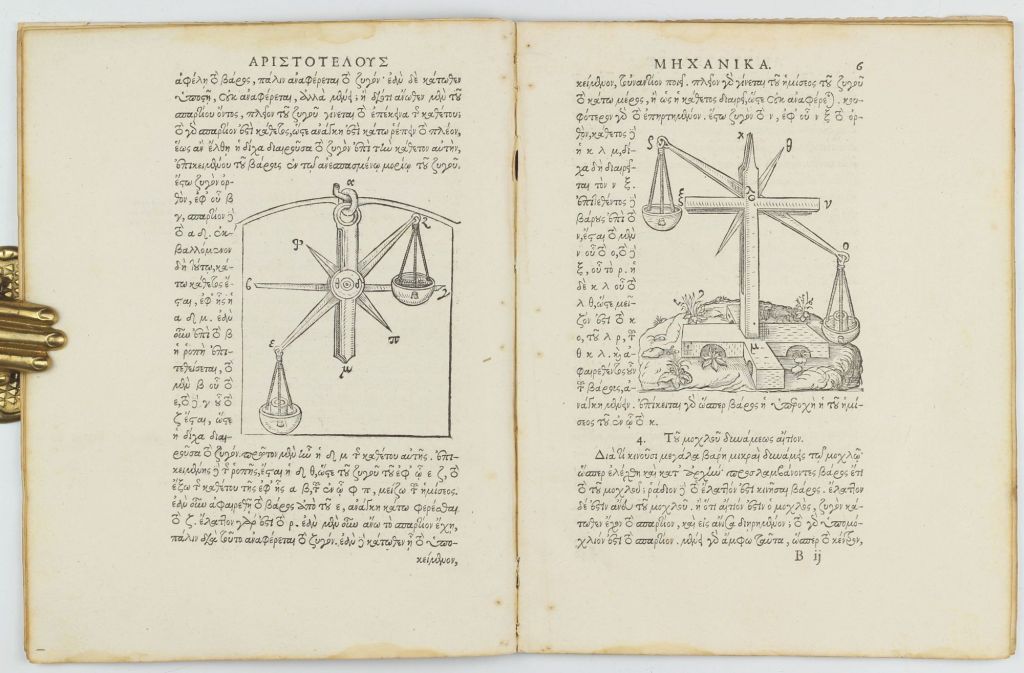
As noted above dal Monte’s Mechanicorum liber appeared in Latin in 1577. This was followed four years latter in Venice by an Italian translation, Le mechaniche, under supervision by dal Monte, by the explorer and translator Fillipo Pigafetta (1533–1604), who had also produced an Italian translation, Compendio dal Theatro del Mondo of the Theatrum Orbis Terrarum of Abraham Ortelius (1527–1598) in 1612. Both the Latin original and the Italian translation were reprinted in 1615. A German translation appeared in 1629.
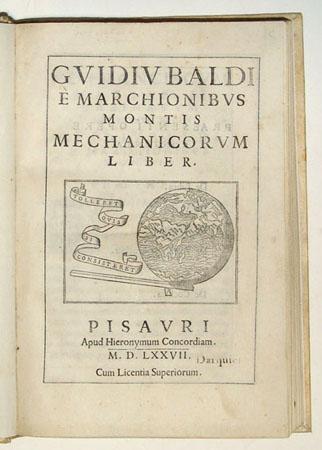
The question and answer format of Questiones Mechanicae covered a wide range of topics but did not include discussions of all the simple machines. The approach encouraged discussions and both Tartaglia (c. 1499–1557) in his Quesiti et Inventioni Diversi (1554) and Benedetti (1530–1590) in his Diversarum speculationum mathematicarum, et physicarum, liber (1585) discussed several of the questions from it. On the First Day in his Discorsi e dimostrazioni matematiche intorno a due nuove scienze (Discourses and Mathematical Demonstrations Relating to Two New Sciences) (1638) Galileo includes an extensive discussion of the so-called Aristotle’s wheel paradox, which first appeared in the Questiones Mechanicae:
In the Questiones Mechanicae:
For let there be a larger circle ΔZΓ a smaller EHB, and A at the centre of both; let ZI be the line which the greater unrolls on its own, and HKthat which the smaller unrolls on its own, equal to ZΛ. When I move the smaller circle, I move the same centre, that is A; let the larger be attached to it. When AB becomes perpendicular to HK, at the same time AΓ becomes perpendicular to ZΛ, so that it will always have completed an equal distance, namely HK for the circumference HB, and ZΛ for ZΓ. If the quarter unrolls an equal distance, it is clear that the whole circle will unroll an equal distance to the whole circle so that when the line BHcomes to K, the circumference ZΓ will be ZΛ, and the whole circle will be unrolled. In the same way, when I move the large circle, fitting the small one to it, their centre being the same, AB will be perpendicular and at right angles simultaneously with AΓ, the latter to ZI, the former to HΘ. So that, when the one will have completed a line equal to HΘ, and the other to ZI, and ZA becomes again perpendicular to ZΛ, and HA to HK, so that they will be as in the beginning at Θ and I.
(Joyce van Leeuwen, The Aristotelian Mechanics: Text and Diagrams, Springer, 2016 via Wikipedia)
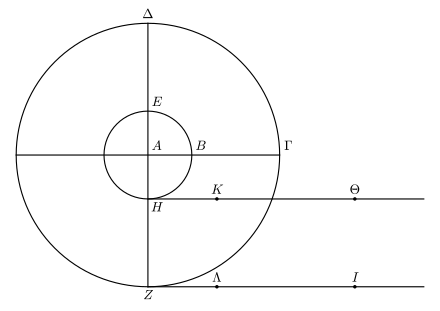
Now since there is no stopping of the greater for the smaller so that it [the greater] remains for an interval of time at the same point, and since the smaller does not leap over any point, it is strange that the greater traverses a path equal to that of the smaller, and again that the smaller traverses a path equal to that of the larger. Furthermore, it is remarkable that, though in each case there is only one movement, the centre that is moved in one case rolls a great distance and in the other a smaller distance
(Israel E. Drabkin, Aristotle’s Wheel: Notes on the History of a Paradox, Osiris. 9: 162–198 via Wikipedia)
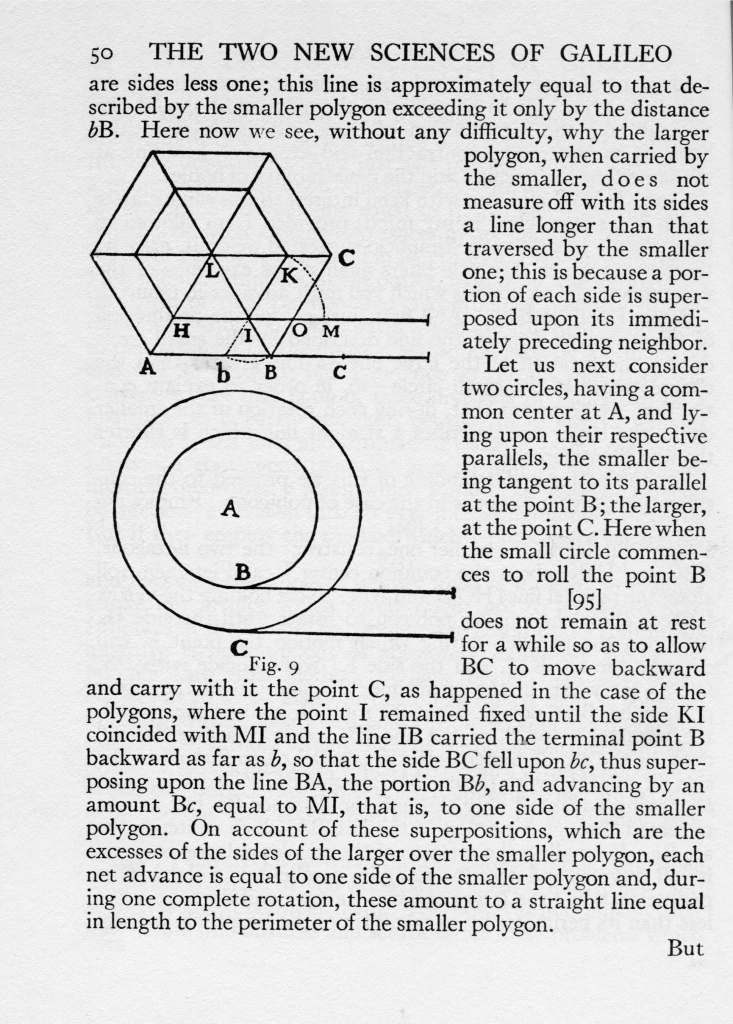
The problem was also discussed by Gerolamo Cardano (1501–1576) in his Opus novum de proportionibus numerorum (1570) and Marin Mersenne (1588–1648) in his Quaestiones Celeberrimae in Genesim (1623).
Galileo also included several other themes from the Questiones Mechanicae in his Discorsi.
Dal Monte took a very different approach in his Mechanicorum liber to the informal question and answer style of the Questiones Mechanicae. Dal Monte’s book is presented in the logical style of Euclid’s Elements with definitions, postulates, and propositions. As a student of Commandino, who had edited and published the works of Archimedes, dal Monte is here channelling Pappus, who in turn is channelling Archimedes. In the same year as he published the Mathematical Collection of Pappus, dal Monte also published a paraphrase of Archimedes On the Equilibrium of Planes in Pesaro, which contains a rigorous axiomatics treatment of the lever, his In Primvm Archimedis aequeponderantium libros paraphrasis.
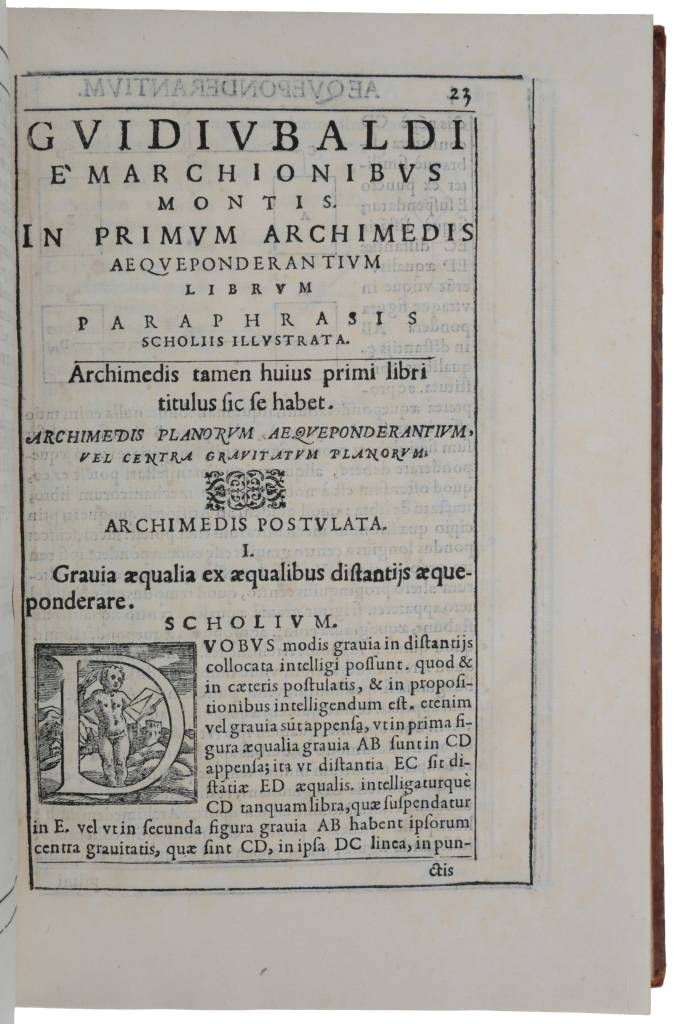
Starting with the definitions of Pappus and Commandino of the centre of gravity of a body, dal Monte tries to provide a rigorous treatment of all simple machines as levers. Although his book would go on to be highly influential he was not entirely successful in his endeavours. As noted above for dal Monte his theoretical mathematical machines were reflections of real machines. Throughout his book the illustrations contain a picture of a real machine next to a geometrical diagram of the theoretical machine.
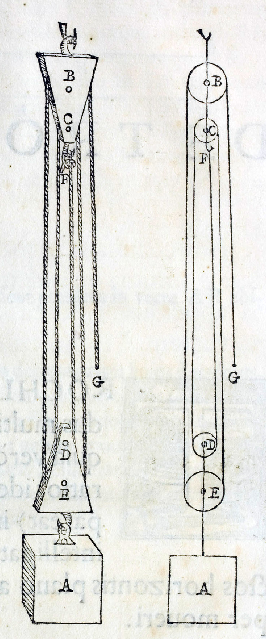
Although he disagreed with del Monte on many points the influence of Mechanicorum liber can be seen throughout the statics in Galileo’s Discorsi.
It was not only in the Discorsi that dal Monte influenced Galileo, in fact the historian of Renaissance mathematics, Paul Lawrence Rose (1944–2014) described dal Monte as “possibly the greatest single influence on the mechanics of Galileo” (DSB). In other significant ways dal Monte had a major influence on Galileo’s life. Galileo, at the urging of his father, originally started to study medicine at the University of Pisa in 1580. However, he instead studied mathematics under Ostillio Ricci (1540–1603), Court Mathematicus to Grand Duke Francesco (1541–1587), first at the university in Pisa then possibly at the Accademia ale Arti del Disegno (Academy of the Arts of Drawing) in Florence, where Ricci also lectured. It was through connections to this Accademia that Galileo also learnt to draw. Ricci introduced the young Galileo to the works of both Euclid and Archimedes, the later having a life long influence on him.
In 1585, Galileo dropped out of university without a degree and in 1586, he produced his first academic paper, a small tract entitled La Billancetta (Little Balance ), describing a hydrostatic balance that he believed represented the real method that Archimedes used to determine if the crown of King Hiero II of Syracuse was really made of gold. The young Galileo didn’t have a degree and was not rich or influential, so he needed a patron. He send copies of the manuscript of La Billancetta to the leading North Italian mathematicians of the period, the Jesuit professor of mathematics at the Collegio Romano, Christoph Clavius (1538–1612) and Guidobaldo dal Monte. Both men were very impressed with the efforts of the fledgling mathematician. However, both also initially thought that Galileo’s argumentation was flawed. Clavius remained by this judgement, although he and Galileo remained friends until Clavius died.
Dal Monte came to accept Galileo’s argumentation and decided to help him, becoming his patron. He spoke with his brother, Francesco Maria del Monte (1549–1627), who was a cardinal on the court of the Grand Duke of Tuscany, Ferdinando de’ Medici (1549–1609).
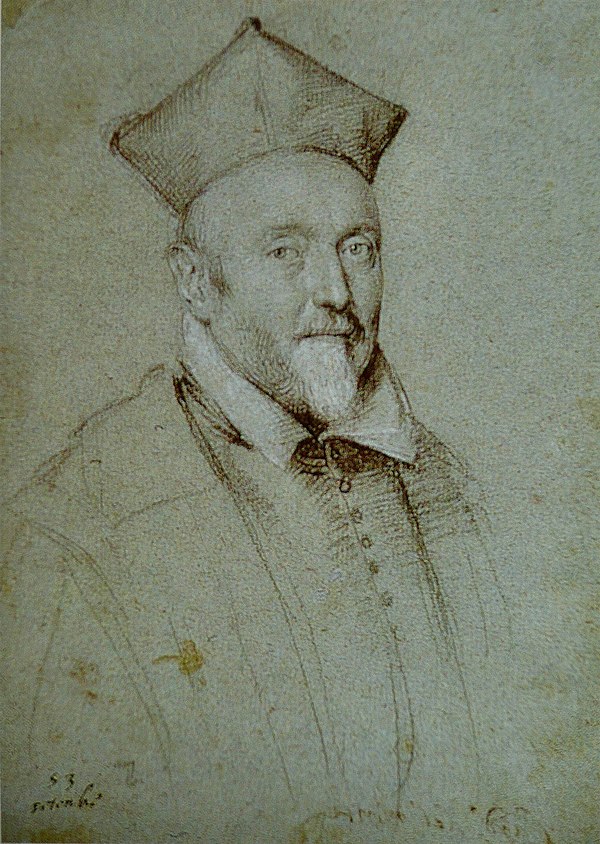
Francesco Maria spoke with the grand duke, who appointed Galileo lecturer for mathematics at the University of Pisa in 1589.
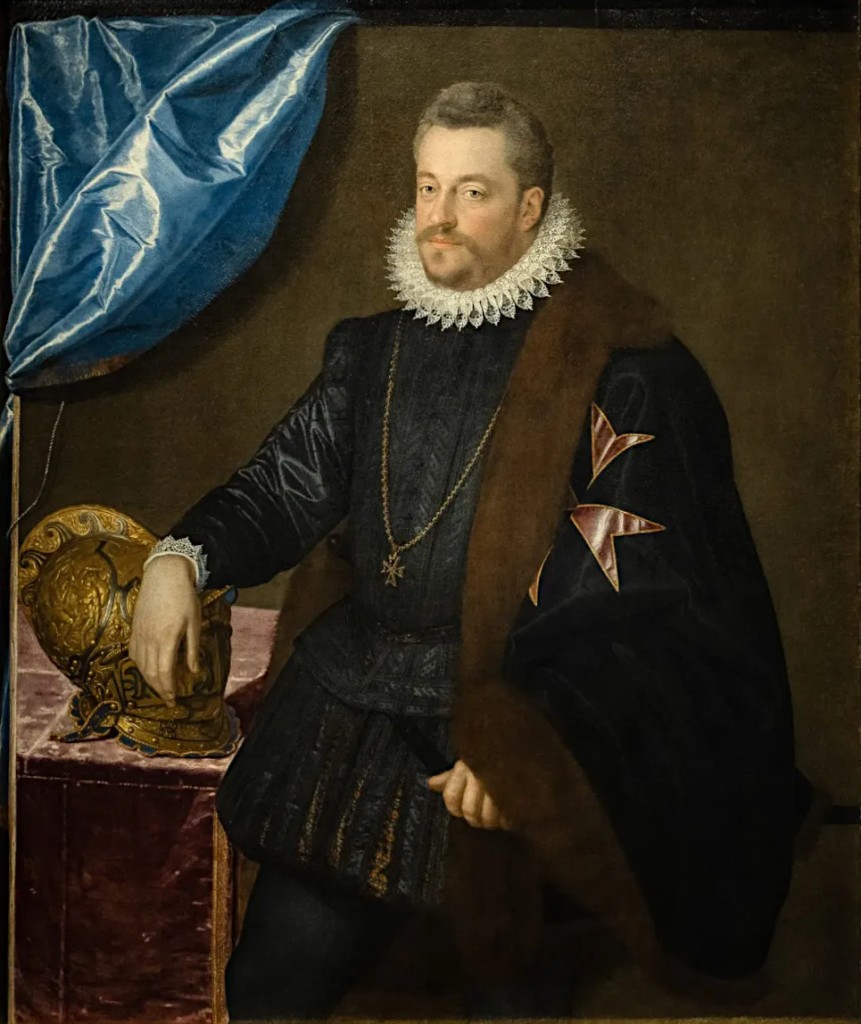
It should be noted a poorly paid, low status position at the university. In his usual arrogant style, Galileo managed to piss off the powers that be in Pisa and in 1592 his contract was not renewed. Dal Monte came to the recue and got him a position as professor for mathematics at the University of Padua, where he stayed until 1610, when his became court philosophicus and mathematicus to the Grand Duke of Tuscany having maintained and expanded that initial contact with the house Medici instigated by the dal Montes.
Galileo and dal Monte remained close friends and colleagues until the latter’s death in 1607, often collaborating on mathematical topics. It is often difficult to say, which ideas were originated by whom over the years. Galileo never gave anybody else credit in his publications and dal Monte didn’t publish most of his works over the years. However, in dal Monte’s notes ideas are to be found that also appear in Galileo’s published works. The most famous example is the parabola law of projectile motion, which is credited to Galileo as one of his greatest discoveries in dynamics.
In 1592 on his first journey from Pisa to Padua, Galileo visited dal Monte on his family estates of Montebaroccio. The two men discussed projectile motion whilst drinking wine in the garden next to a shed with a sloping roof. They came up with the idea of rolling an inked ball upwards along the slope roof at an angle to the horizontal to imitate a cannon shot in slow motion. The resulting line left on the roof, the two men thought, resembled a parabola or a catenary[3], in fact both men thought a catenary was a parabola.[4]
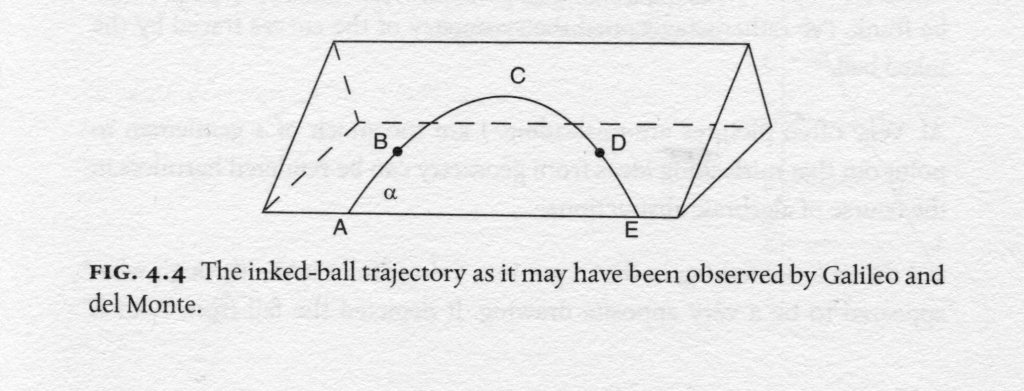
Guidobaldo dal Monte had a major impact on the development of mechanics in the latter part of the sixteenth century both through his own book, Mechanicorum liber and through his generous patronage of Galileo.
[1] In most sources the family name is written del Monte but Guidobaldo wrote it dal Monte.
[2] The accounts of the publication history, contents and impact of the pseudo-Aristotelian Questiones Mechanicae and dal Monte’s Mechanicorum liber are based on Chapter One, Machines in the Field, in the Book, and in the Study of Domenico Bertoloni Meli, Thinking with Objects: The Transformation of Mechanics in the Seventeenth Century, The Johns Hopkins University Press, 2006 pp. 18–39
[3] A catenary is the curve that an idealized hanging chain or cable assumes under its own weight when supported only at its ends in a uniform gravitational field. It is not a parabola.
[4] Accounts of this fateful meeting can be found in David Wootton, Galileo Watcher of the Skies, Yale University Press, 2010, p. 57 and J. L. Heilbron, Galileo, OUP, 2010, p. 131